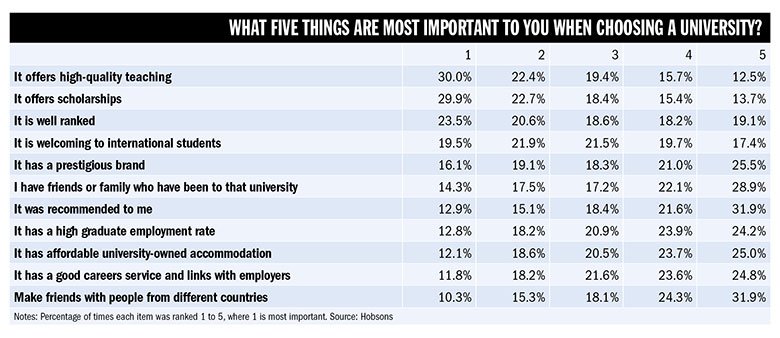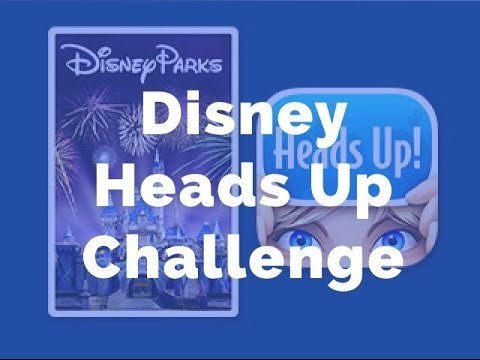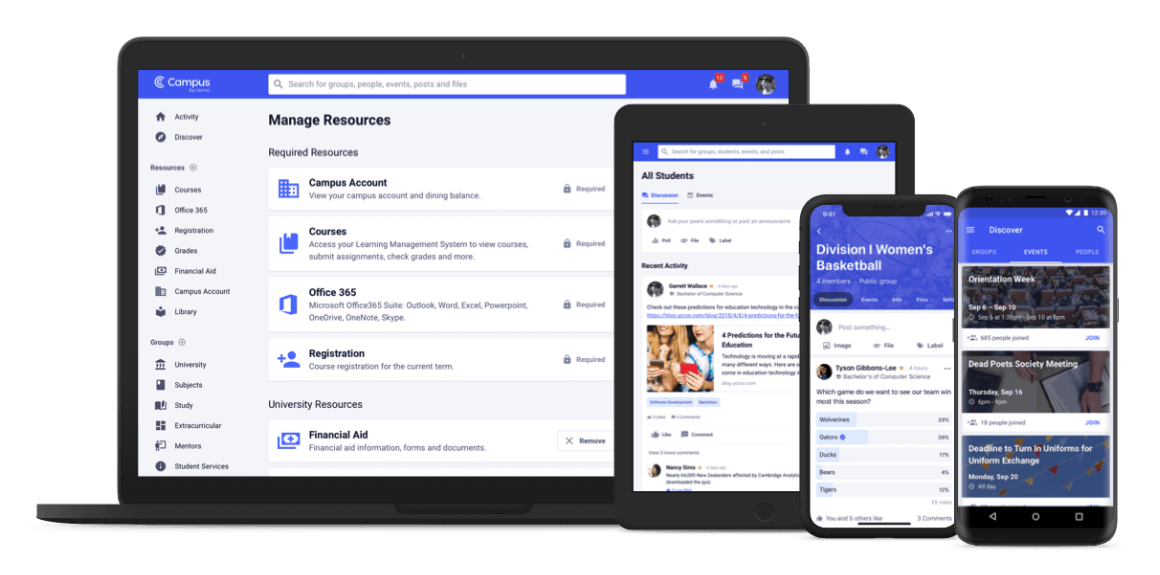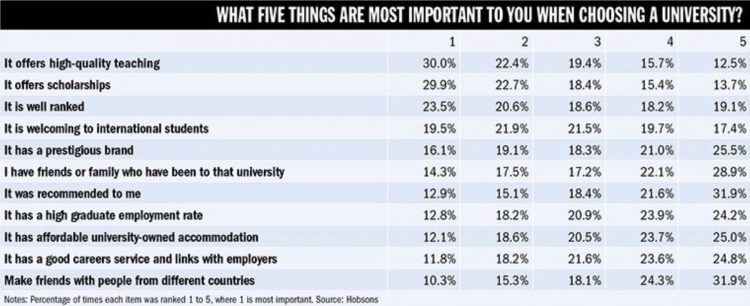When I was 17, half a year away from graduating high school, and looking for a college, I received dozens of marketing letters. I also got a few packets, including flyers and catalogs. But one college’s marketing materials stood out above the rest. It was a CD-ROM!
 Aside from showing my age, I hope you see the point. That CD-ROM which played a pictorial montage to the tune of, “We Built This City,” really struck a chord. As an aspiring music-major, this university’s music program stood out above all the rest. They “got” me.
Aside from showing my age, I hope you see the point. That CD-ROM which played a pictorial montage to the tune of, “We Built This City,” really struck a chord. As an aspiring music-major, this university’s music program stood out above all the rest. They “got” me.
At the end of my search, it came down to two schools. One was the place that offered me a full-ride scholarship for playing the trumpet and the other was the CD-ROM school (which offered me a half-scholarship). In the end, the money was too great an issue to overcome. But I can say with certainty that had the money been equal, I would have ended up going to the school that created an experience for me, rather than any of the others.
The Problems of Enrollment / Admissions Directors
We talk with directors and vice-presidents of admissions regularly. We hear them lament the problems associated with all new-customer acquisitions, but on a grander scale. Gaining a student is harder than gaining a customer for business. The typical factors of trust, meeting a need, empowerment to succeed, control, and more exist for students (and often parents). But add in a notion of belonging, post-attendance success, alignment with core values, connection to something greater than self, and more, and the equation is harder. Finally, if you include competition for students, which has been relatively tame to date but will see a significant spike between now and 2026 when there will be 15% fewer high school graduates seeking college, fewer international students available, and roughly the same percentage of non-traditional students, and things just got incredibly challenging.
 But at the end of the day, it is still likely an experience that will get students excited. True, for those who visit a campus and see something truly unique or “cool” like the handful of schools which have a miniature, but completely functional trading floor, or those schools with a robotics lab, that might be all it takes to sway a prospective onlooker. Then there are those students who are attending a school due to a specific factor like a sports team or a parental Alma mater. As well, it is hard to avoid the fact that most students still seek a school within 100 miles or less of their parent’s houses (double the distance of a decade ago), which does narrow the field, making competition more local than otherwise.
But at the end of the day, it is still likely an experience that will get students excited. True, for those who visit a campus and see something truly unique or “cool” like the handful of schools which have a miniature, but completely functional trading floor, or those schools with a robotics lab, that might be all it takes to sway a prospective onlooker. Then there are those students who are attending a school due to a specific factor like a sports team or a parental Alma mater. As well, it is hard to avoid the fact that most students still seek a school within 100 miles or less of their parent’s houses (double the distance of a decade ago), which does narrow the field, making competition more local than otherwise.
So, with those outliers accounted for, it comes back to what the college or university can do to convince students they are the “best” at something which matters to the students. For instance, if you note the Hobsons survey from 2017 (image below), more than 60,000 students from around the world reported what they look for in a school. (Keep in mind the answers were not free-hand, but had to be chosen from a list, making the findings a bit less reliable.)
 As you can see, students must believe the school they are choosing has high-quality teaching. Rankings (far more important to international students) are also important, along with financial incentives. But we all know that every single college or university in the world claims to have high-quality teaching. Every website touts a ‘top 10’ ranking on some index or another. Every packet, every marketing letter, and every post-card (nobody is still sending post-cards, are they?), suggest their school to be the best at any number of subjective things. So what are enrollment administrators to do?
As you can see, students must believe the school they are choosing has high-quality teaching. Rankings (far more important to international students) are also important, along with financial incentives. But we all know that every single college or university in the world claims to have high-quality teaching. Every website touts a ‘top 10’ ranking on some index or another. Every packet, every marketing letter, and every post-card (nobody is still sending post-cards, are they?), suggest their school to be the best at any number of subjective things. So what are enrollment administrators to do?
Creating A Digital Experience
What sets Disney apart from so many amusement parks, making it the number 1 destination for the genre? What did Steve Jobs passionately beat the drum for as a differentiator between Apple and everyone else? The answer is the same thing that CD-ROM did for me as a high school senior. They create experiences.
 Standing in a 2 hour line at Disney to ride the Seven Dwarfs Mine Train is not really a selling point for the theme park. (Yet it is an experience my family and I have done dozens of times as my now-11-year-old loves the place.) But standing in line for that ride gives waiting riders things to look at and things to do. From interactive jewel games built into a “mining trough” to water activities, which also keep you a touch cooler in the 95 degree / 95% humidity weather, make the line seem less tedious. But with the idea that 99% of riders have a phone, just like Steve Jobs, Disney took it to the next level. They built digital experiences too.
Standing in a 2 hour line at Disney to ride the Seven Dwarfs Mine Train is not really a selling point for the theme park. (Yet it is an experience my family and I have done dozens of times as my now-11-year-old loves the place.) But standing in line for that ride gives waiting riders things to look at and things to do. From interactive jewel games built into a “mining trough” to water activities, which also keep you a touch cooler in the 95 degree / 95% humidity weather, make the line seem less tedious. But with the idea that 99% of riders have a phone, just like Steve Jobs, Disney took it to the next level. They built digital experiences too.
Waiting riders can download apps that will create augmented reality views of the area. There are apps with games and puzzles and searches that work throughout all of the parks. So, even waiting in line is an experience. And that is what sets them apart.
Campus
 We were excited last year when we released the (stand-alone) “Prospects” module for colleges and universities, a portal and mobile app for prospective students. Just as exciting was that a university in England signed up immediately. Why? Because they wanted to create an experience. They wanted more than emails from counselors and phone calls from admissions advisers for prospective students. They wanted a portal for non-traditional students on laptops and an app for younger students on phones, both platforms allowing them to connect with other prospects, college staff, content, help, and all of the resources they would need in a single click. They wanted something that was social, functional, and supportive. They wanted to be able to track who was engaging with the system, through clicks, likes, time, posts, comments, and more. They wanted to put an experience in the hands of prospective students.
We were excited last year when we released the (stand-alone) “Prospects” module for colleges and universities, a portal and mobile app for prospective students. Just as exciting was that a university in England signed up immediately. Why? Because they wanted to create an experience. They wanted more than emails from counselors and phone calls from admissions advisers for prospective students. They wanted a portal for non-traditional students on laptops and an app for younger students on phones, both platforms allowing them to connect with other prospects, college staff, content, help, and all of the resources they would need in a single click. They wanted something that was social, functional, and supportive. They wanted to be able to track who was engaging with the system, through clicks, likes, time, posts, comments, and more. They wanted to put an experience in the hands of prospective students.
Knowing prospects hate email as much as current students do, the university wanted a system that would allow them to post within a social feed, while that same message could go out via SMS or other push notifications, with the email being there as a safety net. Knowing prospects struggle with financial aid documentation and application materials, they wanted to avoid those crucial links being lost in an email or (worse), students having to sift through a litany of websites to find them. Instead, they wanted direct links to those tools a single-click away. Knowing that prospects want to hear from current students, alumni, graduate students, and even housing staff, they made sure prospects were in groups with those exact people, hearing and sharing along the way. The school even knew that certain segments of prospect (like military or first-generation college students) benefited from finding others in that same segment and connecting, even going so far as to creating friendships. Those connections create “stickiness” for prospective students. Those connections drive perception. And those connections drive enrollment.
It was both exciting and affirming to us that the school immediately starting asking about turning the portal / app on for current students. They got so much positive feedback, they hated turning off the great connectivity once a prospect became a student, but that had never actually been their intention. They simply wanted to create an experience and Campus allowed them to do exactly that.
We hope you will contact us to hear more about creating experiences for prospective students (or current students, or even alumni for that matter!). We would love to talk about the communication-friendly, data-driven system that we have built for exactly that purpose.
The Campus Team
